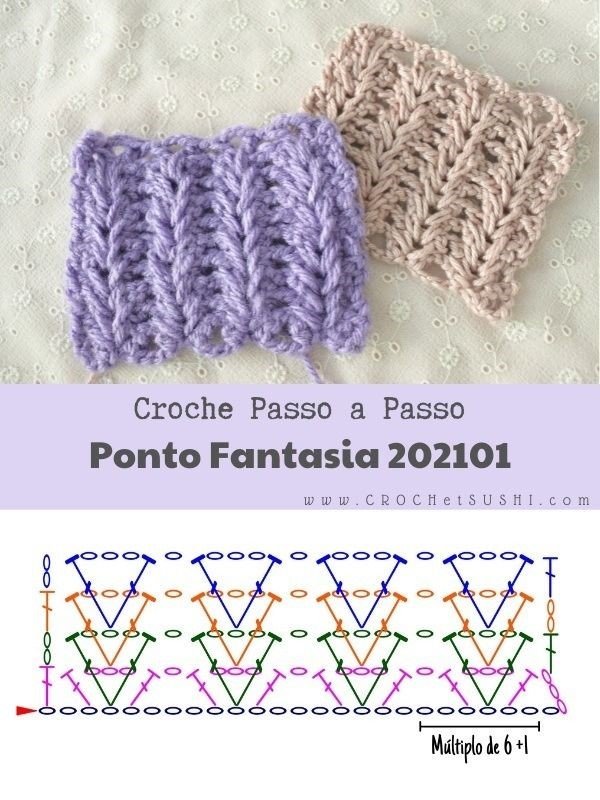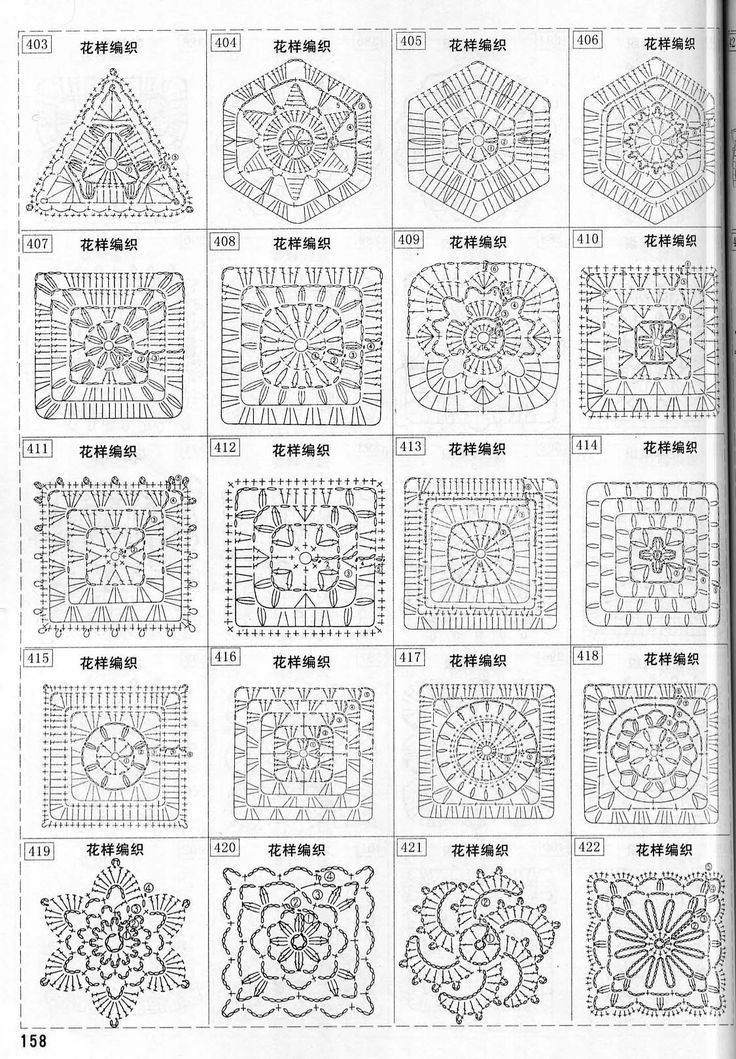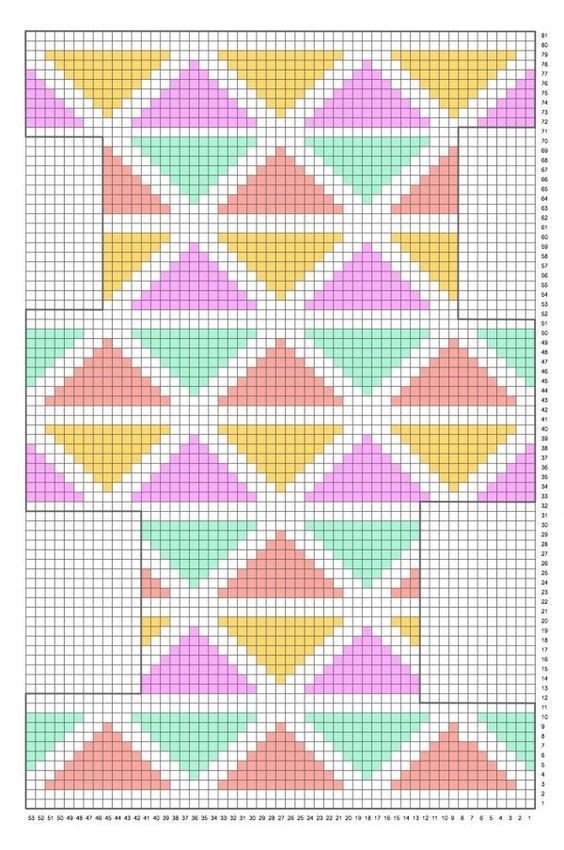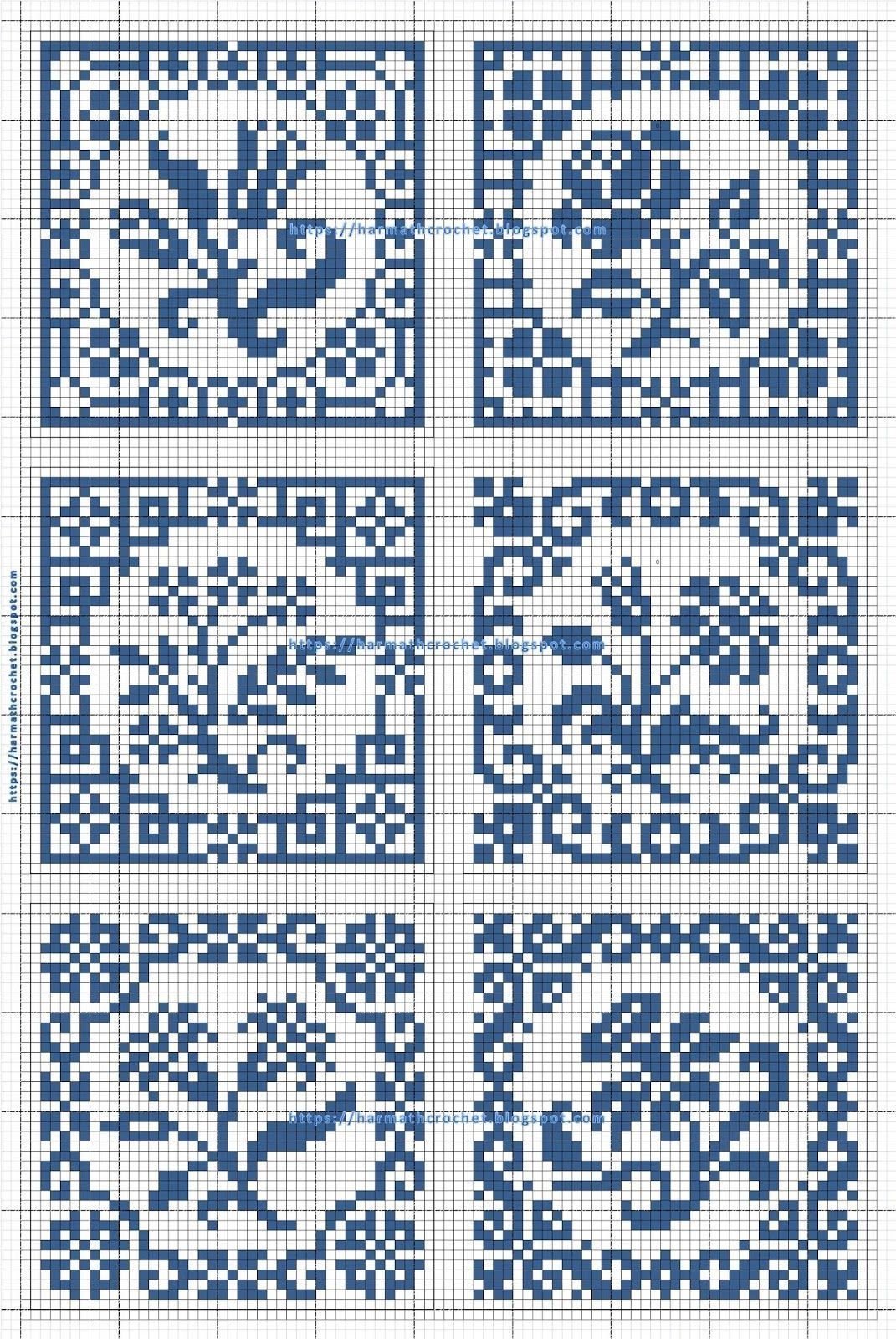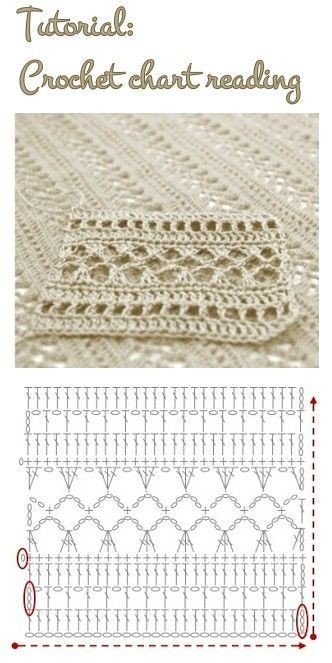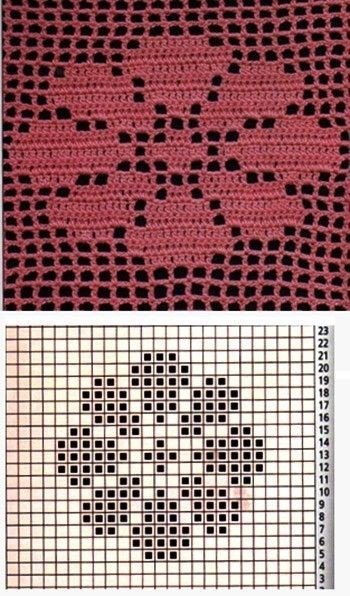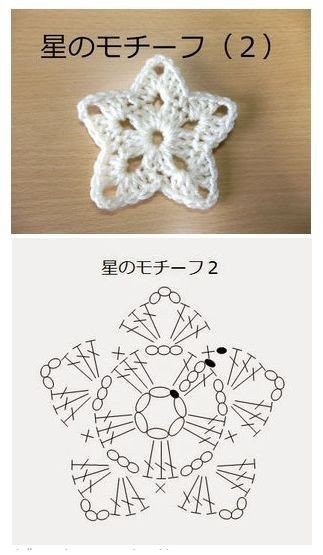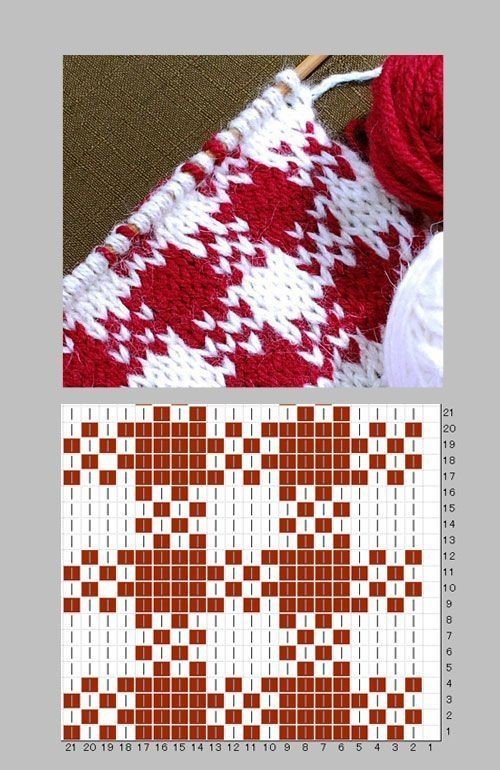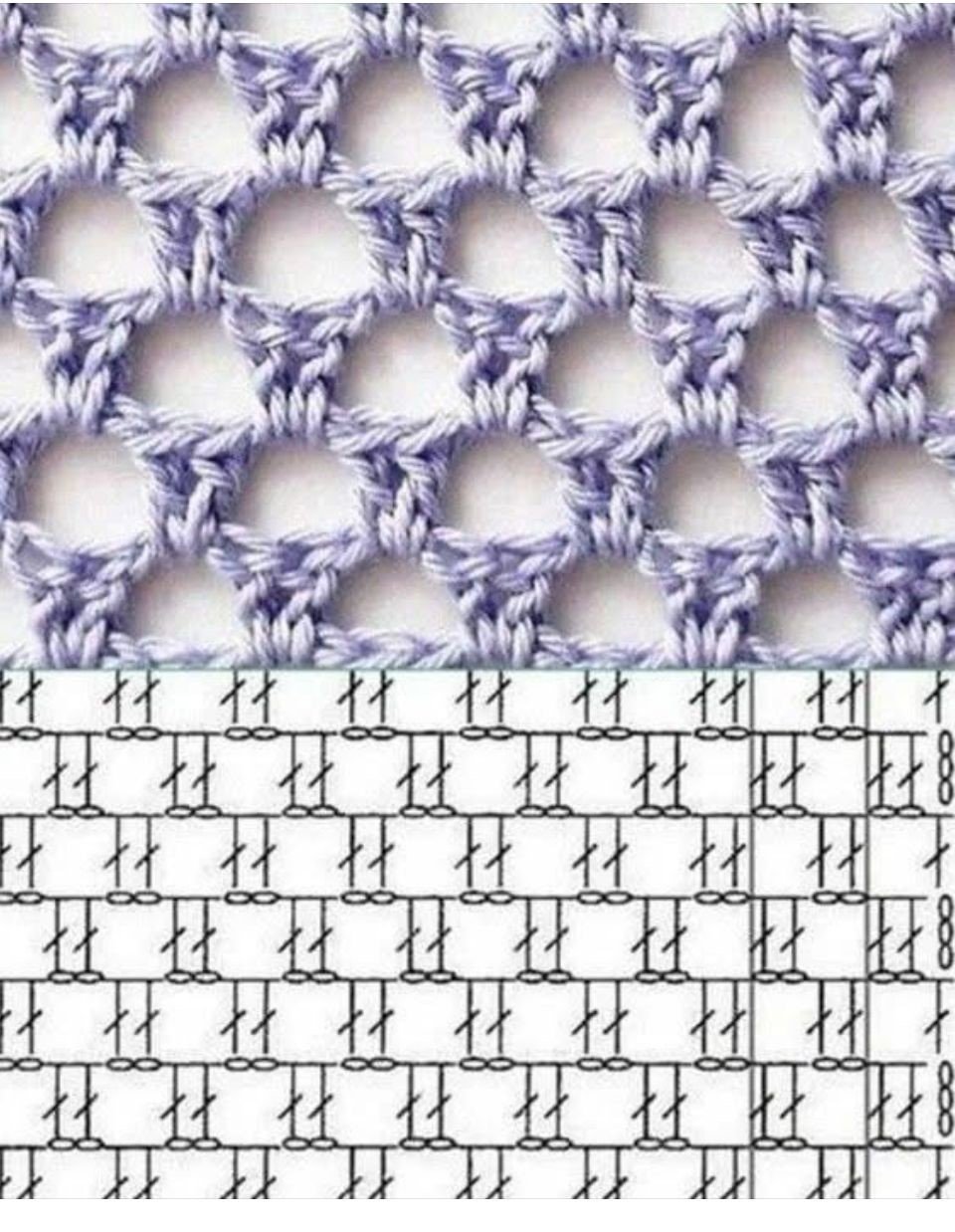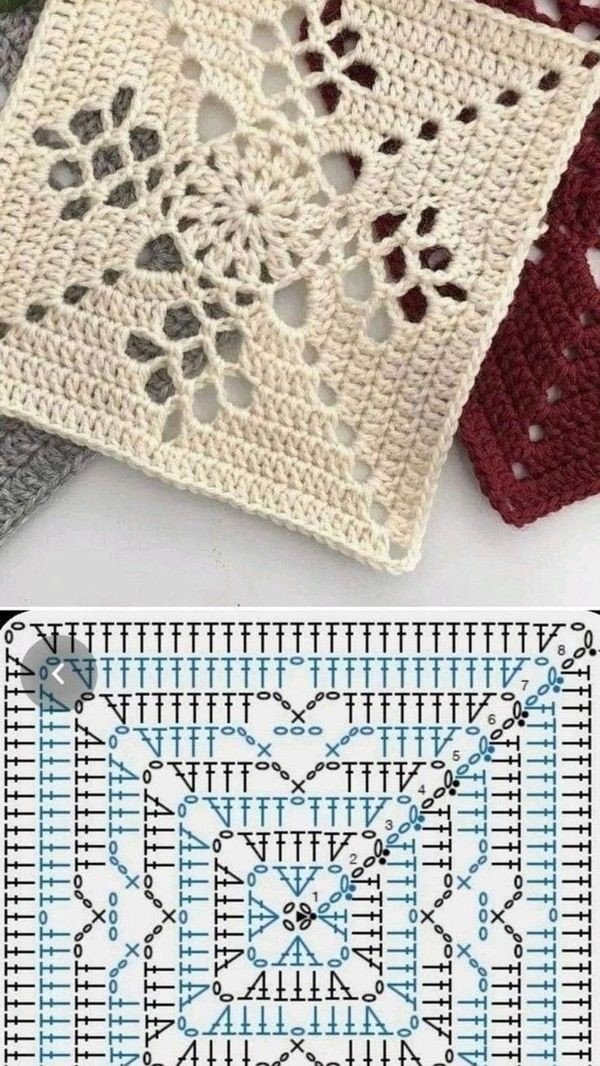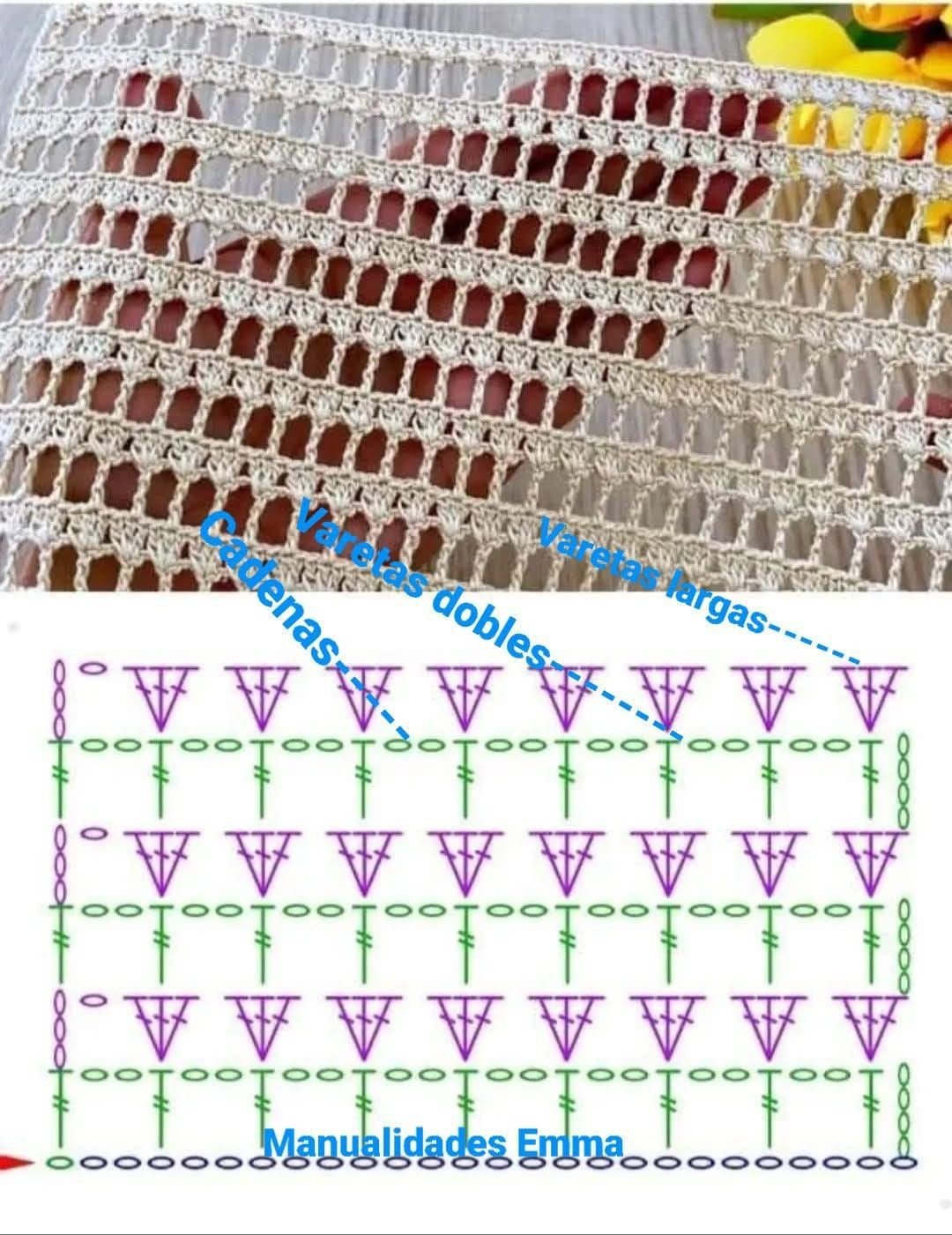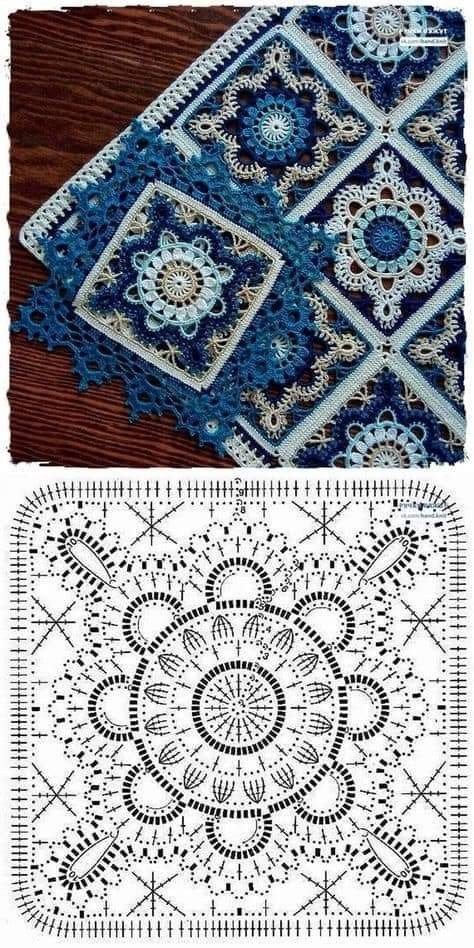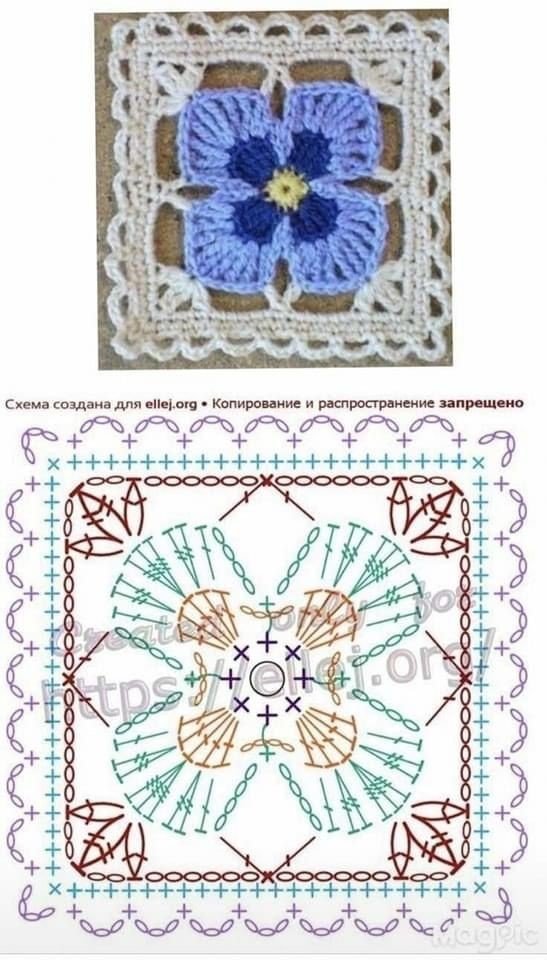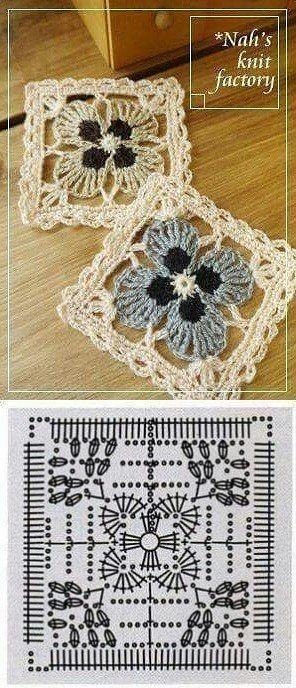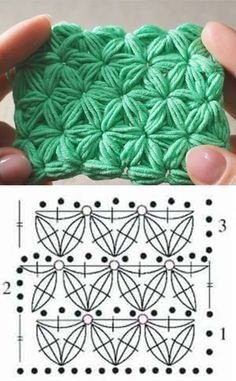Crochet Charts: A Complete Guide for Beginners and Experts
Crochet has always been admired for its beauty, versatility, and handmade charm. While many crafters follow written instructions, others prefer to work with crochet charts, also known as crochet diagrams or symbol patterns. These visual guides are becoming increasingly popular because they simplify the process of understanding complex stitches and designs.
In this article, you will discover everything you need to know about crochet charts: what they are, why they are useful, and how to read them.
What Are Crochet Charts?
A crochet chart is a visual representation of a crochet pattern using symbols instead of words. Each stitch is shown by a specific symbol, and when combined, they form the complete design. This method allows crafters to follow along visually, making it easier to see the structure of the project.
Why Use Crochet Charts?
Crochet charts offer several advantages over traditional written instructions:
Universal language: Crochet symbols are recognized worldwide, making it possible to follow patterns from different countries without needing translations.
Clarity: Complex stitches and patterns are easier to understand visually.
Efficiency: Many crafters find charts faster to follow than long written instructions.
Creativity: Charts inspire new ideas and variations by showing the design structure clearly.
Common Symbols in Crochet Charts
Some of the most frequently used symbols include:
● (dot) – slip stitch
○ (circle) – chain stitch
+ or x – single crochet
T (with one bar) – double crochet
T (with two bars) – treble crochet
V – increase (two stitches in the same space)
∧ – decrease (two stitches together)
These symbols may vary slightly depending on the publisher, but most follow the International Crochet Symbols Standard.
How to Read Crochet Charts
Identify the starting point: Usually shown with an arrow or a starting chain symbol.
Follow the direction: Flat patterns are often read from right to left, while circular motifs are read in rounds.
Understand repeats: Sections inside brackets, circles, or other marks show where the pattern repeats.
Check legend: Each chart includes a key explaining the symbols used.
Types of Crochet Charts
Motif charts – used for squares, doilies, or motifs.
Garment charts – for sweaters, tops, and clothing designs.
Lace charts – showing delicate openwork stitches.
Amigurumi charts – used in stuffed toy patterns.
Tips for Beginners
Start with simple motif charts like granny squares.
Print the chart and mark your progress with a pen or marker.
Compare charted symbols with written instructions to understand better.
Practice by creating small swatches before starting big projects.
Where to Find Crochet Charts
You can find crochet charts in:
Craft books and magazines
Free websites and blogs
PDF patterns from Etsy or Ravelry
Pinterest boards with crochet diagrams
Conclusion
Crochet charts are an excellent way to explore the art of crochet, whether you are a beginner or an experienced crafter. By learning to read symbols, you open the door to thousands of patterns from around the world. They not only make crocheting easier but also more creative and enjoyable.
If you want to expand your crochet skills, start practicing with small charted designs and gradually move to more complex patterns. With time, crochet charts will become your favorite way of exploring this timeless craft.
